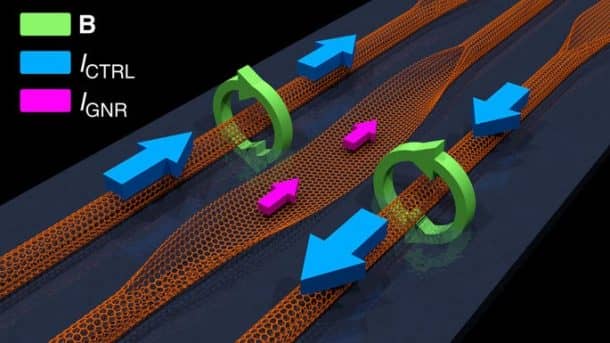Graphene is undeniably a super material that is going to change the future for us. The first transistor was created in 1947 by Bell labs, and ever since then, semiconductors have become an essential part of our everyday lives. However, the super material of the future is graphene. A team of researchers has now developed a new kind of transistor using graphene that can make computers’ performance 1,000 times faster.
Graphene has already proven its potential in improving everything from batteries and water quality, to airplanes and what not. The material was discovered only in 2004 and the decade following it used it for a wide range of applications due to its unique electrical conduction properties and extreme strength. It conducts electricity ten times better than the copper, the most commonly used conductor in electronics, and 250 times better than silicon, even at room temperature.

Researchers from Northwestern University, The University of Texas at Dallas (UT Dallas), the University of Illinois at Urbana-Champaign, and the University of Central Florida (UCF) got together to investigate the fastest conductor of electricity, graphene for its potential use in transistors. The results of the study were published in the journal Nature Communications, and the results show that graphene can replace silicon in computers for much better performance.
Transistors are the primary elements of computer systems, acting as switches to control the flow of electrons through the circuit. These transistors are combined to form logic gates that form the core of microprocessors to transmit and store information in binary bits. Although semiconductors like silicon and germanium have performed well for many applications, the need of future is a material that can offer a much better performance, especially at a time when many people think that Moore’s law is dying.
Ryan Gelfand, a co-author of the study and assistant professor at UCF, explains the motivation saying,
“If you want to continue to push technology forward, we need faster computers to be able to run bigger and better simulations for climate science, for space exploration, for Wall Street. To get there, we can’t rely on silicon transistors anymore.”

The team created the graphene transistor by first unzipping a thin folded sheet of graphene called carbon nanotube. A magnetic field was applied to this ribbon to control the current flow resistance. Some nanotubes placed adjacent to each other can produce a magnetic field capable of controlling current. Thus, the produced transistor can increase the speed of microprocessors 1,000 times, using one hundredth the amount of power that a silicon transistor requires. The resulting transistor is also considerably smaller than the silicon ones so that it can allow packing of a much more powerful device in a much smaller place.
Joseph S. Friedman, another co-author from UT Dallas, says that there is a long time before carbon is capable of replacing silicon in computer systems, but they are working on the prototypes.
“The exceptional material properties of carbon materials permit Terahertz operation and two orders of magnitude decrease in power-delay product compared to cutting-edge microprocessors. We hope to inspire the fabrication of these cascaded logic circuits to stimulate a transformative generation of energy-efficient computing,” adds Friedman.
Graphene is the future of modern computers without a doubt! What do you say?


